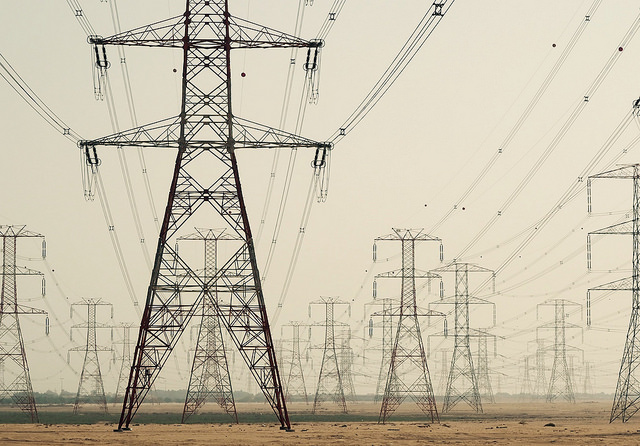India is all set to surpass the European Union in total energy consumption by 2030. Subsequently, it will become the third-largest consumer of energy in the world by the next decade.
As India’s growth story once again gained momentum, the country is all set to witness the biggest share of energy demand growth in the next two decades. According to recent news, India is all set to surpass the European Union in total energy consumption by 2030. Subsequently, it will become the third-largest consumer of energy in the world by the next decade.
Currently, India is the fourth largest global energy consumer after China, the US, and the European Union. But, as the country ushers into rapid economic progress over the course of the next two decades, it is expected that India’s GDP growth will be adding a significant portion of GDP equivalent to that of Japan in the world economy by the year 2040.
Moreover, primary energy consumption in the country will be doubled by the amount equivalent to 1123 million tonnes of oil as India’s GDP expands to $8.6 trillion by 2040. Pertaining to such estimates, the International Energy Agency has predicted that the energy demand in India will be the third-largest in the world in 2030.
Besides this, the power system and grid used in the transmission of power across the country will also become the third-largest in the world, eventually taking over the European Union. As far as other forms of fuel and energy are concerned, India is seemingly having a bright future in the growth of fuel demand.
Demand of oil
The report further suggests that there will be a five-fold increase in car demand by the year 2040 which will automatically increase the oil and fuel demand of the nation. As per an estimate, the demand for natural gas will become three times the present requirement in the coming two decades. Ultimately India is touted to become one of the world’s fastest-growing markets for natural gas.
Also, oil demand will see a massive rise of almost 74 percent which will lead to the consumption of 8.7 million barrels on a daily basis by 2040. After China, India is the world’s second-biggest importer of crude oil and imports almost 76 percent of its crude oil. In the future, the demand for oil will increase India’s expenditure on oil to $181 billion by 2030 which will become $255 billion by 2040.
Scenario of clean energy production
Delving into the scenario of the generation of clean energy, almost 65 percent of power is generated from coal while that of the power generation from cleaner sources accounts for 38 percent. This includes the generation from hydropower plants, windmills, solar panels, and nuclear plants. As of now, India has exceeded its own expectation of power production through renewable resources. This has proven to be a shot in the arm of India in reducing carbon emissions by 45 percent till 2030.
Status of electrification in India
Although India claimed that all of its 5,97,464 villages were electrified two years ago, still there are thousands of households that are yet to get an electricity connection. Villages in India are considered to be electrified if 10 percent of its households along with schools, offices, health, and community centres have electricity supply.
Across India, 96.7 percent of households do have electricity supply facilities. On the contrary, the 2.4 percent households of the country are still unelectrified. Usually, people in far-flung regions of the states like Uttar Pradesh, Bihar, Madhya Pradesh and Rajasthan cannot afford to have an electricity connection even today.
While urban India receives 22 hours of electricity on an average, the rural parts of the country gets electricity for 20 hours on an average. With this, 93 percent of households have metered connections of which 91 percent of those having a stable electricity connection are billed regularly.

